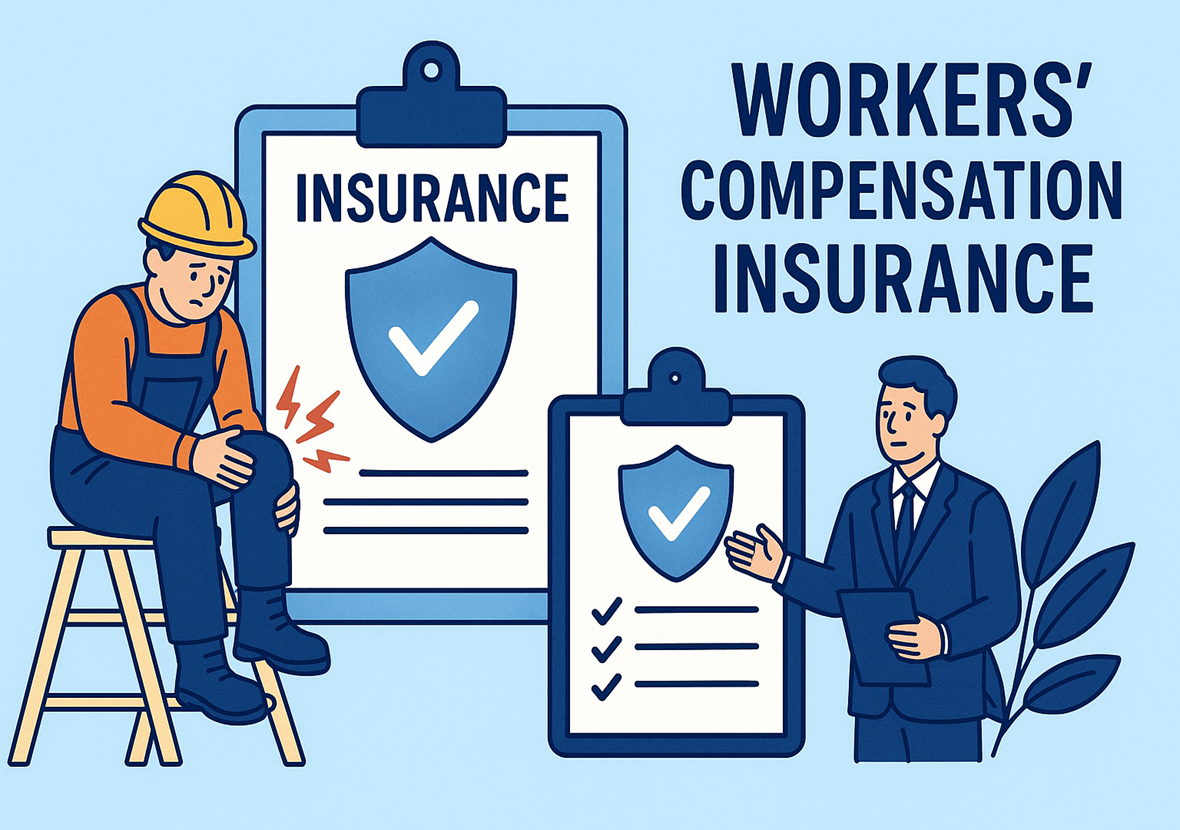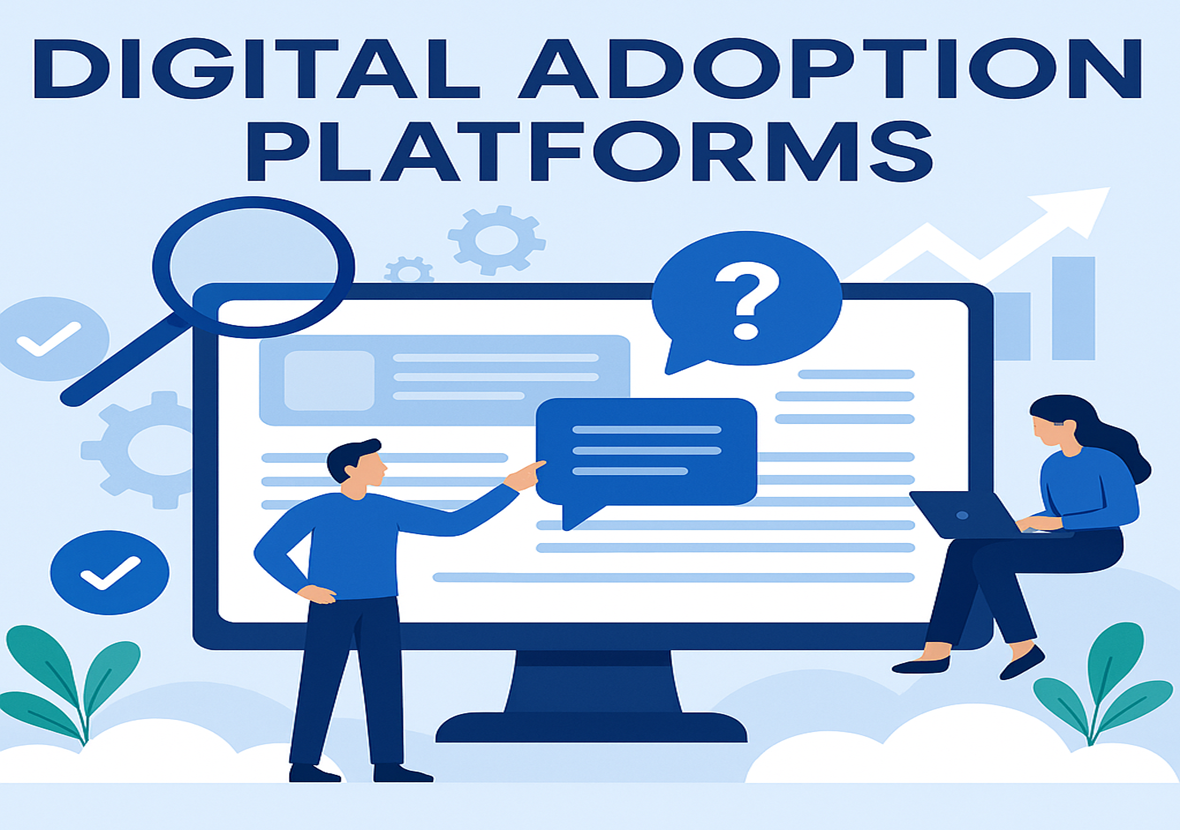Chatbot Development Courses That Teach You to Build Smart Bots
Have you ever chatted with a customer service bot that actually felt helpful—and wondered how it was built? With AI-driven conversations becoming the norm across websites, apps, and smart devices, learning how to develop chatbots has never been more relevant. From e-commerce and banking to healthcare and education, smart bots are transforming the way we interact with technology. That’s why chatbot development courses are in high demand today.
Whether you’re a developer looking to expand your skills, a marketer wanting to automate support, or a tech enthusiast eager to explore artificial intelligence, chatbot development is an exciting field to dive into. With the right training, you can learn to build bots that understand natural language, handle customer queries, and even integrate with popular platforms like Facebook Messenger, WhatsApp, and Slack.
In this post, we’ll explore some of the best chatbot development courses available, what skills you’ll learn, how different tools and platforms compare, and what to look for when choosing a course. We’ll also touch on real-world applications and how companies are using smart bots to improve efficiency and engagement.
Understanding the Basics
Chatbot development refers to the process of designing, building, testing, and deploying conversational agents that simulate human conversation through text or voice. These bots can be rule-based, where responses follow predefined scripts, or AI-powered, using natural language processing (NLP) to interpret user input and respond intelligently.
Courses that teach chatbot development often start with the fundamentals of conversational design and progress into more technical areas like Python scripting, API integration, and machine learning. Some courses are beginner-friendly and require no coding knowledge, while others dive deep into frameworks like Rasa, Microsoft Bot Framework, and Google Dialogflow.
Understanding the underlying concepts—such as intents, entities, training data, and dialogue flow—is key to building effective bots. Many beginner courses walk you through real-life scenarios like creating a restaurant booking bot, a customer service assistant, or an FAQ responder. These hands-on examples help solidify your understanding of how bots work in practice.
What Skills Do You Learn in Chatbot Courses?
The best chatbot development courses are structured to give you both theoretical knowledge and practical skills. A good course should cover conversational UX design, programming languages like Python or JavaScript, and the use of AI-powered platforms. Courses often include chatbot analytics and performance tuning, which are essential for ongoing improvement.
You’ll typically begin by learning how to identify user intents and design flowcharts for common interactions. From there, courses guide you through setting up environments, connecting APIs, and handling user input errors gracefully. Some even include modules on voice bot development for smart speakers.
For those interested in more advanced applications, you can expect to encounter natural language understanding (NLU), context management, and machine learning models that allow bots to get smarter over time. These components are essential for building bots that go beyond basic keyword recognition and actually “understand” user needs.
Comparing Popular Chatbot Platforms
A key part of chatbot development is choosing the right platform. Most courses introduce you to a few of the major players in the space, each with its own strengths. Dialogflow, owned by Google, is popular for its NLP capabilities and seamless integration with Google Assistant. It’s ideal for beginners and supports multiple languages out of the box.
Microsoft Bot Framework offers powerful tools for enterprise applications and is often used in conjunction with Azure’s cloud services. It’s great for developers familiar with C# or .NET and includes extensive documentation for scaling up to production.
Rasa is a standout in the open-source community. It gives developers full control over data, privacy, and customization. Unlike many cloud-based platforms, Rasa is self-hosted, making it a good fit for businesses with specific compliance or security requirements.
Then there’s Botpress, another open-source option that focuses heavily on visual development. It appeals to users who want a mix of low-code and full customization, offering a balance between accessibility and power.
When taking a course, the platform you learn on will shape your project experience. Many courses now allow you to try multiple platforms so you can understand which one suits your goals best.
Best Online Chatbot Development Courses
With so many options available, choosing the right course can feel overwhelming. Platforms like Coursera, Udemy, edX, and Codecademy offer a wide range of chatbot development courses for all levels. On Coursera, the “Building Chatbots with Google Dialogflow” course by Google Cloud offers a project-based approach and certification. It’s beginner-friendly and excellent for those who want to integrate bots into websites or mobile apps.
Udemy offers more variety, with top-rated courses like “Chatbots with Python and Rasa: Build Your First AI Bot” and “The Complete Chatbot Developer Course.” These cover a broader scope, including custom development, NLP concepts, and real-world use cases.
edX provides more academic-style courses from universities and institutions like Columbia or IBM. These are great if you’re looking for in-depth, theory-backed education and potentially a professional certificate.
For more hands-on and modular learning, Codecademy’s chatbot development paths introduce key concepts in smaller, digestible lessons. These are especially useful for busy professionals who prefer self-paced, practical learning over academic theory.
Some chatbot development bootcamps, such as those offered by Le Wagon or Thinkful, include bot-building as part of their full-stack development programs. These are ideal if you’re looking to add chatbot skills to a broader developer toolkit.
Real-World Applications
Smart bots are no longer novelties—they’re strategic tools that drive real business results. In e-commerce, chatbots handle order tracking, returns, and even product recommendations. Brands like Sephora and H&M use bots to offer personalized shopping experiences, reducing cart abandonment and improving customer retention.
In healthcare, bots assist with symptom checking, appointment booking, and even mental health support. For example, Woebot is an AI-powered chatbot that uses cognitive behavioral therapy techniques to help users manage stress and anxiety.
Banks and financial institutions use bots for customer onboarding, fraud detection alerts, and 24/7 support. These bots are integrated into mobile apps and web platforms, making them easy to access and highly responsive.
Even in education, chatbots are helping students stay on track with assignments, find resources, and get answers to common questions. EdTech companies are integrating bots into learning management systems (LMS) to create more interactive learning experiences.
By taking chatbot development courses, you’re not just learning to build bots—you’re learning to build solutions. And as automation becomes more embedded in our daily lives, the demand for skilled chatbot developers will only grow.
What to Look for in a Quality Chatbot Course
Not all courses are created equal. When evaluating chatbot development courses, consider the level of support, the learning format, and the instructor’s expertise. Courses with community forums or mentor support can make a big difference if you run into issues or want feedback on your projects.
Also look for updated content. The field of AI and chatbot technology evolves rapidly, so you’ll want a course that covers the latest tools and best practices. For instance, GPT-powered bots and generative AI integration are becoming increasingly common—courses that touch on these topics are more future-ready.
Certification can also be valuable, especially if you’re planning to freelance or job hunt in a competitive tech field. Recognized certificates from platforms like Coursera or edX can enhance your credibility.
Finally, make sure the course offers hands-on projects. Building and deploying your own bot is the best way to reinforce what you’ve learned. Some courses even include capstone projects or the opportunity to contribute to real-world applications, which can be a great portfolio booster.
Conclusion
The world of chatbot development is expanding fast, offering opportunities for creators, developers, and businesses alike to build smarter, more responsive digital experiences. By taking one of the many high-quality chatbot development courses available today, you can gain the skills to craft bots that inform, assist, and even entertain users across industries.
Whether you’re a total beginner or looking to deepen your technical expertise, there’s a course that can meet your needs. From understanding natural language processing to choosing the right platforms and tools, these courses are your gateway into the future of digital interaction.














